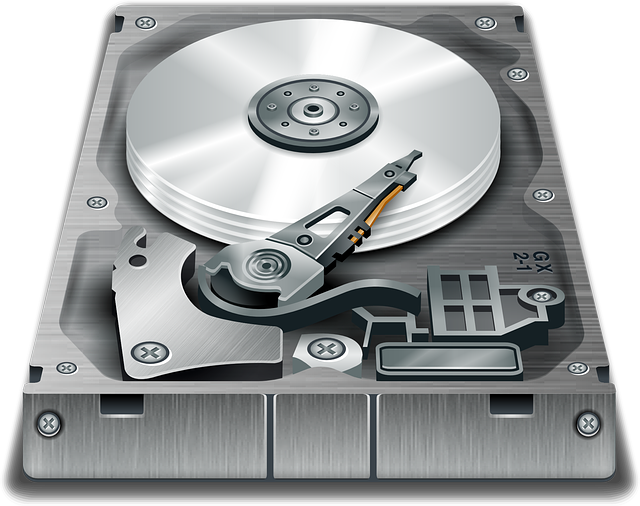Salesforce data management can be a challenge for any organization.
Here are 15 tips to help you successfully manage your Salesforce data:
1. Keep your data clean and organized
One of the most important aspects of successful Salesforce data management is keeping your data clean and organized. This means regularly cleaning up duplicate records, ensuring that all data is accurate and up-to-date, and maintaining a consistent naming convention for all fields and objects.
2. Implement a data governance plan
Another key to successful Salesforce data management is having a well-defined data governance plan in place. This plan should outline who is responsible for managing which data sets, how data will be shared between users, and what processes will be put in place to ensure data quality.
3. Use the Salesforce Data Loader tool
The Salesforce Data Loader is a powerful tool that can be used to import, export, and delete data from your Salesforce org. This tool can be extremely helpful when it comes to managing large data sets or performing mass data updates.
4. Utilize Salesforce Reports and Dashboards
Salesforce Reports and Dashboards are a great way to view and analyze your data in real-time. These tools can be used to create custom reports and dashboards that are tailored to your specific needs.
5. Leverage the power of Salesforce Einstein
Salesforce Einstein is a powerful artificial intelligence (AI) platform that can be used to help you better understand and manage your data. Einstein can be used to automatically surface insights, predict trends, and recommend actions.
6. Implement a data backup plan
It is important to have a robust data backup plan in place in case of data loss or corruption. This plan should include regular backups of your Salesforce org as well as a process for restoring lost or corrupted data.
7. Use the Salesforce Security Model
The Salesforce security model is designed to help you control who has access to which data sets within your org. This model provides a variety of tools and features that can be used to granularly control user permissions and access levels.
8. Encrypt sensitive data
If you are dealing with sensitive data, it is important to encrypt this data to protect it from unauthorized access. Salesforce provides a number of different encryption options that can be used to encrypt data at rest and in transit.
9. Use the Salesforce API
The Salesforce API allows you to programmatically access your data sets and perform various actions, such as creating new records, updating existing records, or deleting data. This API can be very helpful when automating data management tasks.
10. Avoid hard-coding IDs
When writing code that interacts with Salesforce data, it is important to avoid hard-coding IDs. Hard-coding IDs can lead to problems if the ID values ever change, which is often the case when working with large data sets.
11. Use the Salesforce Bulk API
The Salesforce Bulk API is designed for working with large data sets and can be used to perform bulk operations, such as creating or updating records. This API is more efficient than the standard Salesforce API and can help improve performance when working with large data sets.
12. Avoid using SOQL queries in loops
When writing code that interacts with Salesforce data, it is important to avoid using SOQL queries in loops. Queries inside of loops can have a negative impact on performance and can lead to timeout errors.
13. Use the Force.com Migration Tool
The Force.com Migration Tool is a command-line tool that can be used to deploy changes between two Salesforce orgs. This tool can be very helpful when migrating changes between a development org and a production org.
14. Use the Force.com IDE
The Force.com IDE is an integrated development environment (IDE) that can be used to develop, deploy, and test Salesforce applications. This tool can be very helpful for developers who are working on complex Salesforce projects.
15. Use Change Sets
Change Sets are a Salesforce feature that can be used to migrate changes between two orgs. Change Sets can be very helpful when migrating data or code changes from a development org to a production org.
Conclusion:
In conclusion, these are some of the best practices that you should follow when working with Salesforce data. By following these best practices, you can help ensure that your data is well-managed and that your Salesforce org is running smoothly.

